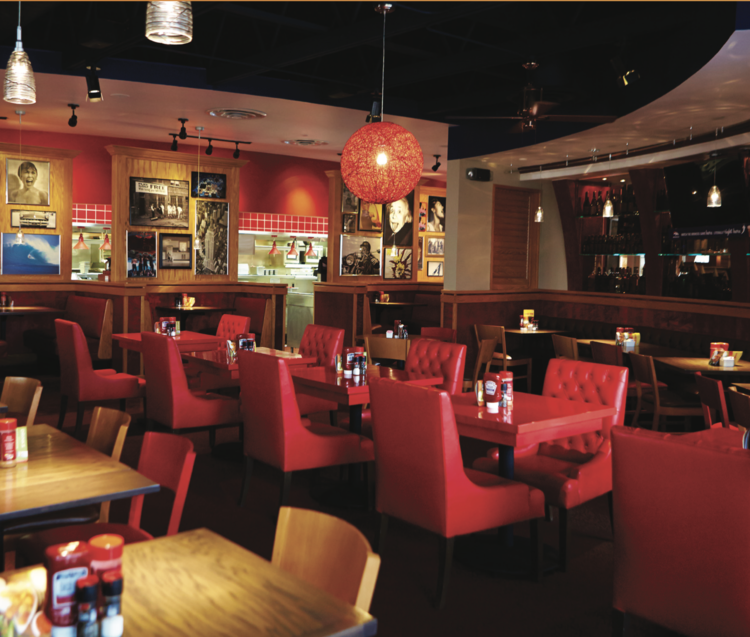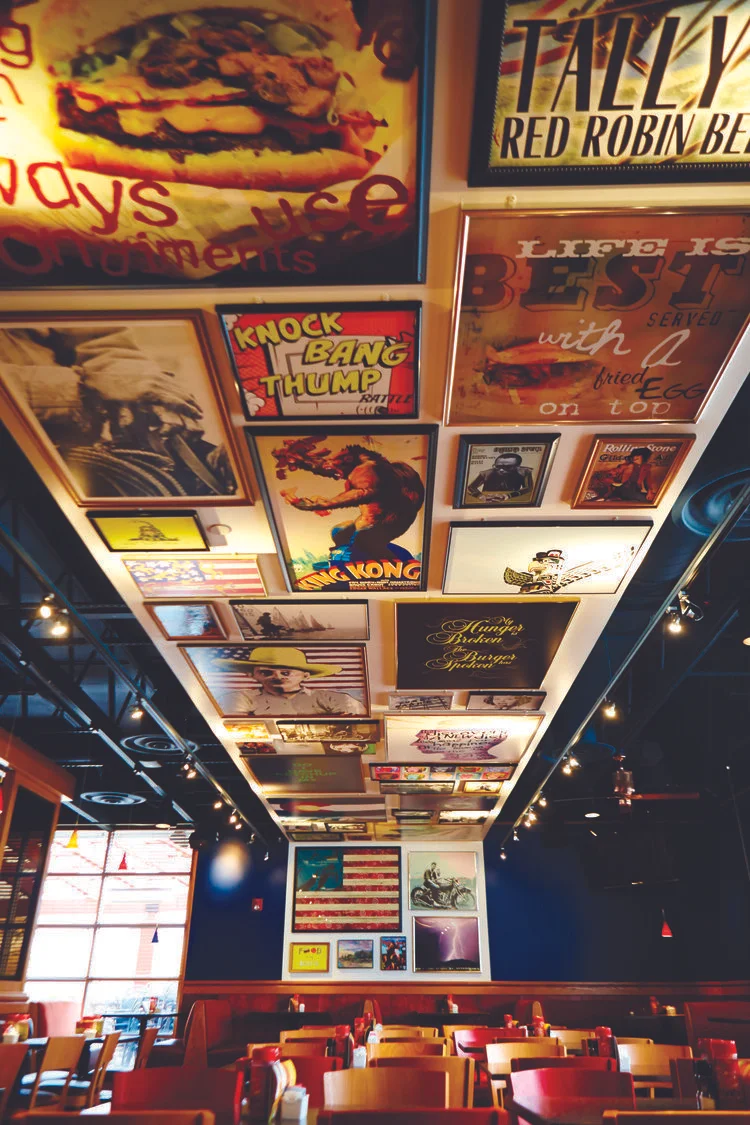Red Robin
REINVENTING AN AMERICAN CLASSIC
Red Robin Gourmet Burgers was an iconic American Burger joint that wanted to connect with a new generation of customers. Our challenge was to help Red Robin transform its brand into a more contemporary concept while retaining the heart and soul of a restaurant that had been a cherished dining ritual for many Americans since the company’s founding in Seattle in 1969.
What We Did:
Brand Strategy
Brand Book
Customer Experience Design
Business Model Innovation
Environmental Design
Industries:
Retail, Hospitality, Consumer
Brand Strategy
Our strategy work distilled the essence of Red Robin into a few core principles that created a coherent starting point for re-imagining the brand with more contemporary restaurant designs, products, menus and service models.
One key pillar in this strategy was to reach new customers without losing the connection with legacy customers. This involved re-imagining the space to address a variety of different dining needs and occasions under one roof. By creating different dining zones within the space, united by a single brand concept, Red Robin was better able to meet a greater diversity of needs.
The new brand strategy adopted had a few important elements:
The strategy provided a clear set of design principles to ground future design and innovation work, including new products, restaurant designs and digital experiences
The strategy took account of the needs of multiple segments, with a single core concept that was able to be versioned to different occasions and need states.
The strategy was grounded in Red Robin’s origins, but took that origin story further than it had gone before
Customer Experience Design
The strategy was just the starting point in Red Robin’s brand transformation. In order to bring the strategy to life, we needed to create a detailed plan to activate the design principles identified in the strategy, across different media (built environment, digital, product, communications etc.), and at each “touch point” on the customer’s journey.
This “mapping exercise” is a critical bridge between high-level strategy and execution of a brand plan, by creating a concrete design plan that shows how all of the different elements can come together and support each other in a coherent way.
The journey map simplified the complexity of building a brand by doing three important things:
Detailing how each offer element (food, service, decor, marketing, technology etc.) support all of the other elements to create a successful overall customer experience
Ensuring that the design principles are impacting the entire customer experience at every touch point
Ensuring that needs of important segment and sub-groups of customers are identified and accommodated under a coherent overall brand umbrella
Environmental Design
Our work with Red Robin included a significant interior redesign for the restaurant chain, in order to update the concept to meet the needs of three primary customer segments, while maintaining a coherent overall brand. Here are some highlights from that work:
Business Model Innovation
An effective brand transformation usually requires changes that are more than just cosmetic in nature. Truly standing out from the competition requires companies to look at deeper changes to the business model. This is most effective when pursued with the purpose of finding new pathways to meeting customers’ needs and to deliver the brand in more interesting and unusual ways.
We helped Red Robin to re-imagine important areas of the service model: experimenting with new ways of meeting guests’ needs, including studying new ways to use technology as part of the overall guest experience. This work has contributed to a number of in-market pilots for Red Robin.
This work is an ongoing project, with Simon Pearce, Emotif’s Managing Partner, currently acting as the Chair of Red Robin’s Innovation Council.






















